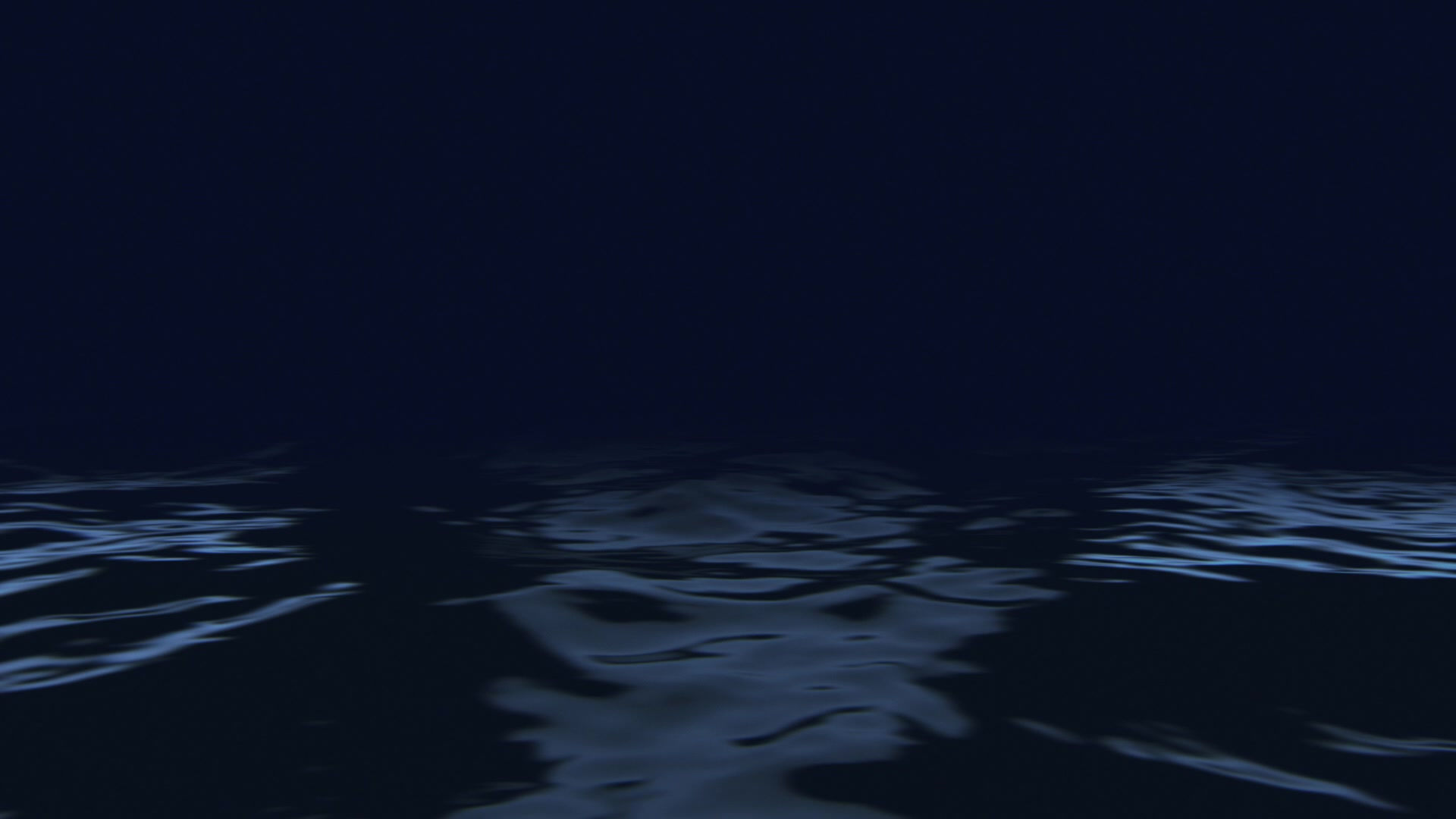Salt Water vs Fresh Water Boating
- Olivia Schneiderhan
- Mar 31, 2023
- 3 min read
Salt water vs fresh water boating
In recent years, North America has emerged as a key contributor to the global leisure boating industry, accounting for 46% of total revenue. The popularity of recreational boating has increased exponentially within the US with an estimated 87 million adults actively partaking in this activity in 2019. Considering that water covers approximately 71% of the earth's surface, these figures aren't all that surprising.
One query that frequently surfaces is, is there any vessels suited for both saltwater and freshwater? Taking into account the fact that only 3% of the Earth’s water is freshwater, this is a legitimate concern. As we examine the topic of salt water versus fresh water boats, key points to consider are the craft’s hull design, fouling, corrosion and the capability of using a saltwater boat in freshwater (and vice versa). If this topic is of particular interest, be sure to keep reading!
Hull Design
For novice boat enthusiasts, it is important to understand the structure differences between the types of boats. Such differences are the result of taking into account the environment that the boat may face. Of these differences, one that stands out is hull design. A V-shaped hull is often used on boats in order to effectively cut through larger and more turbulent waves that come with the environment of a saltwater lake or ocean. However, as these waters are typically much shallower and calmer, a V-shaped hull would prove inadequate. Instead, flat or round-bottomed boats are usually preferred as they are much better suited for moving through the bed of shallow waters without snagging or scraping.
Hull Fouling
Hull fouling is the buildup of plants and animals on the surfaces of boats or other water vessels, a phenomenon experienced when in salt or freshwater. Although both types of water may have the same effect, vessels exposed to the sea have a greater tendency to attract marine organisms and suffer from more severe cases of fouling. These organisms can be divided into two categories: micro-fouling and macro-fouling, both consisting of creatures such as bacteria, algae, barnacles and seaweed. As such, to prevent such fouling from occurring, boats at risk of prolonged seawater exposure should invest in the use of specialized anti-fouling products to effectively protect the hull from unwanted buildup.
Resistance to Corrosion
Corrosion caused by saltwater is a problem familiar to many of us. Commonly, when iron interacts with water, oxygen and metal form a reddish-brown mixture that leads to its deterioration. Yet, when saltwater is added to the equation, the damage to metal can become exponentially worse. It has been scientifically documented that saltwater can cause metal to corrode five times faster than freshwater!
When considering a boat that may spend a significant amount of time in saltwater, one must bear in mind that every surface that interacts with the water, including sea spray, needs to be corrosion resistant. Fortunately, cleaning a boat after exposure to saltwater can reduce the effects of corrosion. This process, often referred to as a saltwater boat wash, involves removing the saltwater to prevent extensive damage to metal surfaces.
When using your boat in saltwater environments it is important to use corrosion inhibitors to protect corrosion prone surfaces in your engine compartment and bilge areas.
Cooling Systems
Cooling Systems are a crucial aspect of the protection against corrosion that marine vessels are subject to. The specific method used in this process will differ between those used for fresh and saltwater boats. Saltwater vessels employ an enclosed cooling system in which seawater passes through a heat exchanger and then is diverted into a tank, with freshwater heated by the engine, above it. This creates an impenetrable barrier, preventing the buildup of saltwater, thus limiting any scaling and/or corrosion of the engine.
On the other hand, fresh water boats use a raw cooling system in which the water passes directly through the engine water jacket. While it's still susceptible to corrosion and scaling, these risks occur over a longer, slower timescale and are thus much easier to prevent and remedy. Frequent fresh water flushing combined with salt away help flush any saltwater present in the engine cooling system. Therefore, it is clear to see the importance of keeping up to date with maintenance in order to sustain a healthy vessel and environment.
SALT WATER VS. FRESH WATER
It is possible to use salt water and fresh water boats for both environments but there are several factors that come into play. Freshwater boats require upgrades to prepare them for saltwater and the hull design, engine cooling systems and distance from shore must all be taken into account. In contrast, salt water boats do not require any upgrades when using them in fresh water, however you must pay close attention to the depth of the water and ensure that the design of the boat can withstand these conditions.
Regardless of your environment, understanding the requirements of your boat can ensure a safe and enjoyable boating experience.





Commentaires